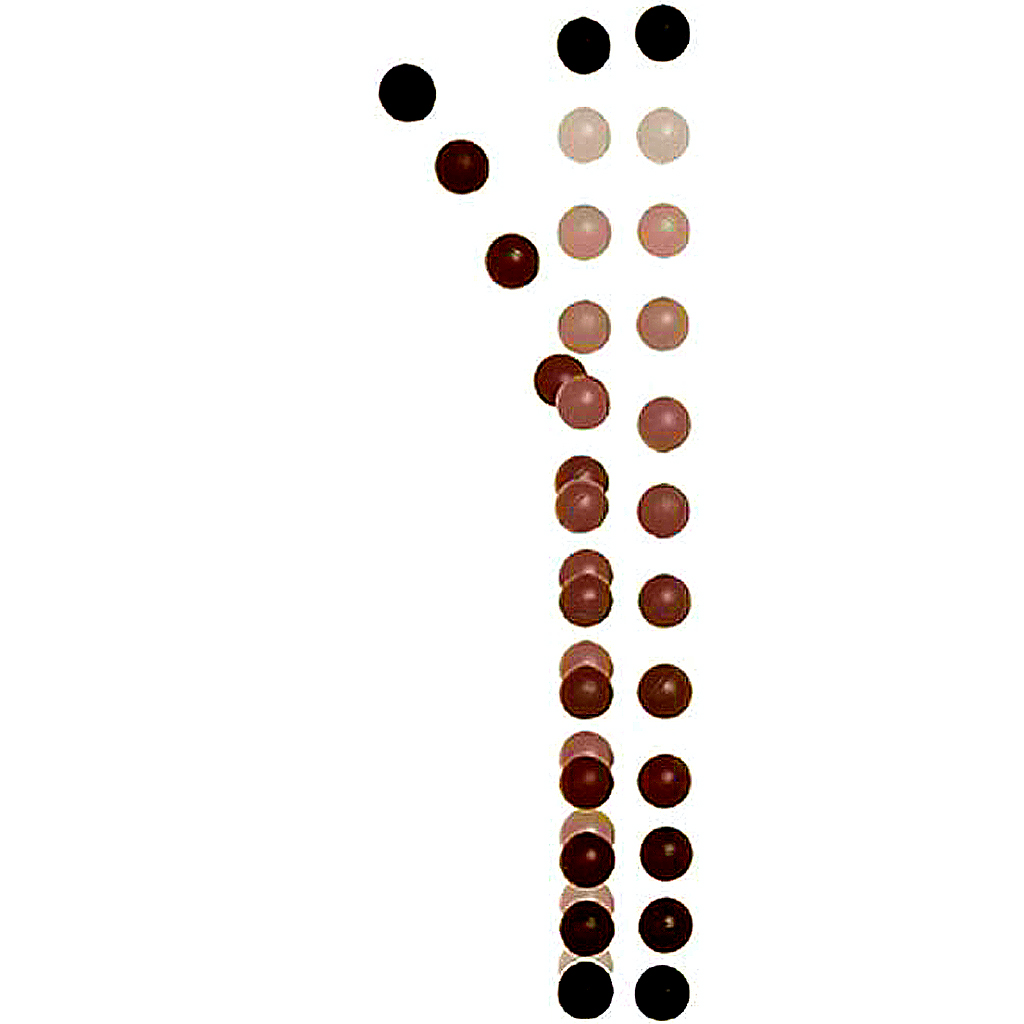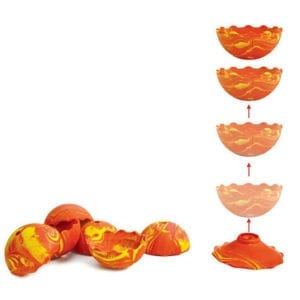BALLS: Happy and Unhappy
Two balls of 25mm diameter apparently identical, do not behave the same when dropped or rolled because of their differing physical properties. The ‘happy’ ball bounces when dropped whereas the ‘unhappy’ ball hits the ground and stays there. When the balls are cooled below room temperature, the ‘happy’ ball bounce reduces and the ‘unhappy’ ball bounce increases. Instructions included.




